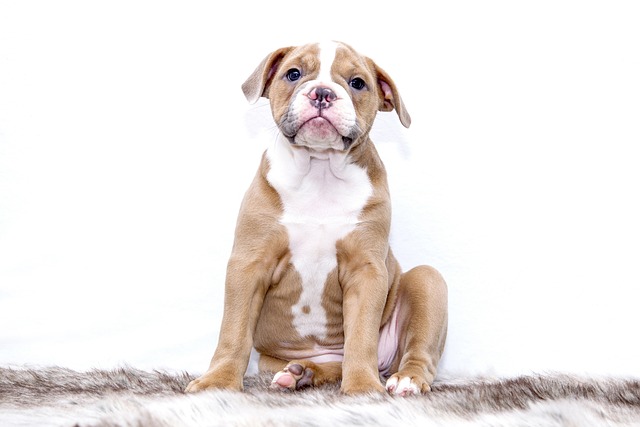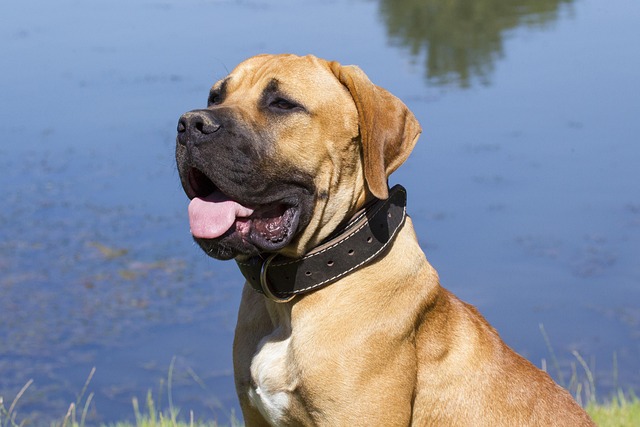Picture this: It’s a warm Tuesday evening in suburban Chicago. You just got back from the dog park with Bailey, your energetic Labrador pup. He beelines straight to his sleek, automatic water dispenser, lapping eagerly at the flowing stream. It’s convenient, sure – no constant refilling! But later, you notice a slight greenish tint near the pump... Could this convenient gadget actually pose a risk to your furry best friend? Let’s dive in.
The science behind dispenser safety primarily revolves around materials and maintenance. Many dispensers use plastics containing BPA or phthalates – chemicals linked to hormone disruption in animals. A 2023 study in the Journal of Veterinary Science found trace levels leaching into water after just one week of use, especially in cheaper models exposed to sunlight. Then there’s the biofilm risk. That slimy layer developing inside reservoirs? It’s a breeding ground for bacteria like Pseudomonas, notorious for causing tummy upsets in dogs. The constant water movement doesn’t eliminate it; it just spreads it around unless cleaned properly.
Here’s how to make your dispenser safer, step-by-step. First, choose wisely. Opt for BPA-free, food-grade stainless steel or ceramic fountains – they resist scratches where bacteria hide. Check for certifications like NSF or FDA-compliant materials listed on the packaging. Second, clean like clockwork. Disassemble the entire unit every 48 hours. Scrub the basin and pump with hot, soapy water (use vinegar for mineral deposits), then rinse thoroughly. A family in Portland learned the hard way when skipping weekly cleanings led to their Beagle’s recurrent diarrhea! Third, monitor water freshness. Even with a filter (change it monthly!), replace the water completely every day, especially if Bailey drools into it – introducing organic matter accelerates bacterial growth.

Owning a dog in the US comes with non-negotiable responsibilities tied directly to health and community safety. Keeping Bailey’s water safe aligns with broader legal and ethical obligations. Ensure his rabies vaccination is always current – it’s mandated by law in all 50 states, often requiring proof during licensing. Picking up his waste in public parks isn’t just polite; cities like Seattle impose fines up to $125 for violations. Living in a downtown Austin apartment? Understand complex pet policies regarding noise (barking from discomfort?) and shared spaces when placing his dispenser. Most crucially, American animal welfare culture strongly emphasizes positive reinforcement. Never punish Bailey for knocking over his water bowl; instead, use treats to reward calm drinking near the dispenser, reinforcing good habits humanely.
That convenient water fountain can be a hydration hero – but only with informed, diligent care. Prioritize safe materials, commit to obsessive cleaning, and pair it with responsible ownership practices. When Bailey laps safely from a sparkling clean dispenser, you’re not just quenching his thirst; you’re actively safeguarding his wellbeing within your community.






